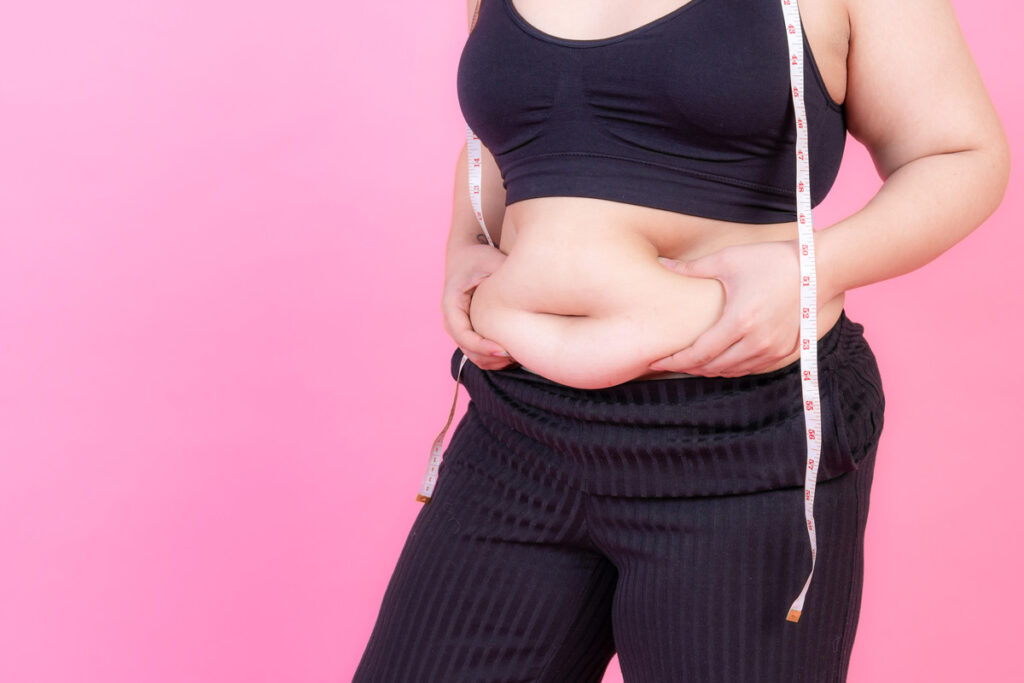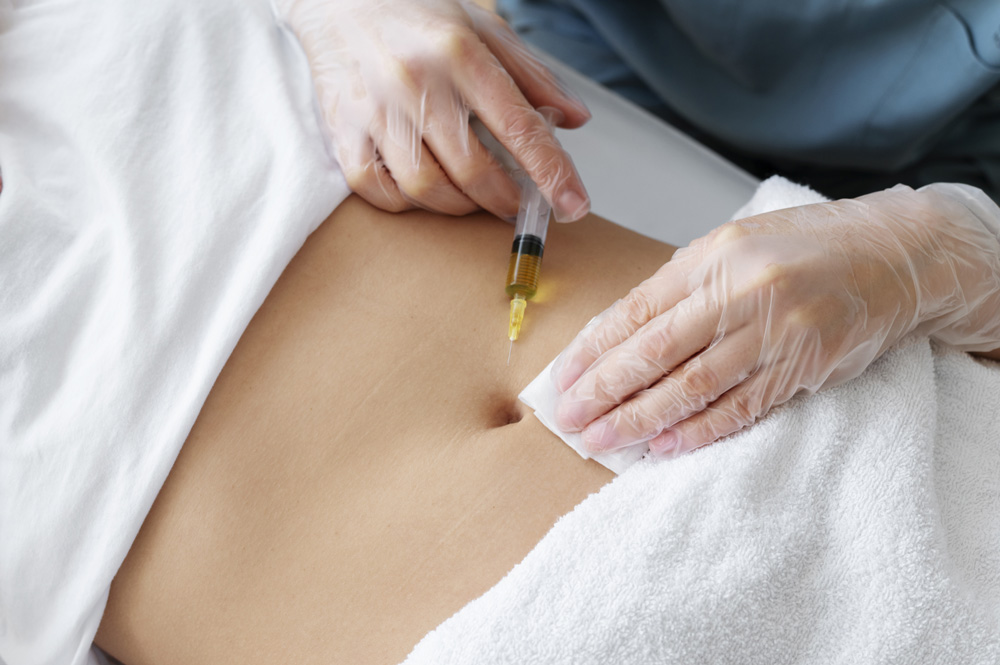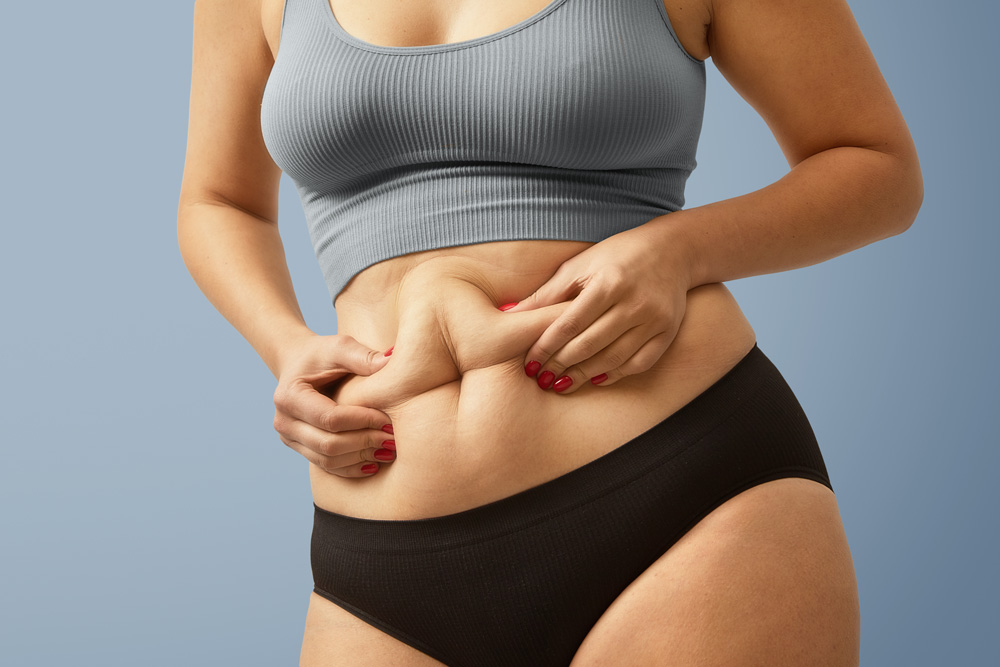How Fat Grafting Enhances Body Contours After Liposuction

A well-proportioned body isn’t only about removing unwanted fat—it’s also about creating balance, definition, and smooth transitions. At Perizia Aesthetics in Jupiter, Florida, we specialize in advanced body sculpting techniques that go beyond traditional methods. By combining Smart Liposuction with Fat Grafting, our team helps patients achieve results that are not only slimmer but also more refined and natural-looking.
While liposuction excels at removing excess fat, it can sometimes leave behind irregularities or areas that feel flat. This is where fat grafting plays a critical role. By carefully transferring purified fat to areas that need volume or smoothing, patients enjoy enhanced curves and improved body proportions.
If you’re considering cosmetic contouring in Jupiter, FL, this article explains how fat grafting enhances body contours after liposuction, the science behind it, and why Perizia Aesthetics is the trusted destination for safe, artistic results.
Understanding Liposuction and Its Limitations
Liposuction, especially modern approaches such as Smart Liposuction, is highly effective in reducing stubborn fat pockets. Using advanced, minimally invasive energy-assisted technology, we sculpt areas like the abdomen, thighs, flanks, and arms.
However, liposuction alone has its limitations. Removing too much fat or taking it unevenly may leave behind slight contour irregularities, such as hollows or sharp transitions between treated and untreated zones. While these imperfections may be subtle, they can affect the overall smoothness of the result.
This is why more patients are seeking procedures that don’t just subtract fat but also strategically add volume for balance.
What Is Fat Grafting and Why It Complements Liposuction
Fat grafting, also known as fat transfer, involves taking fat from one area of the body, processing it carefully, and reinjecting it into another area that needs volume. Instead of discarding the fat removed during liposuction, this technique transforms it into a sculpting resource.
Scientific research supports the effectiveness of this method. Studies have shown that when fat is placed in small microdroplets, it has a higher chance of survival in the new area because it integrates with the surrounding blood supply (Choudhary et al.).
Beyond volume restoration, fat grafting also brings regenerative benefits. Fat tissue contains adipose-derived stem cells and a stromal vascular fraction that support healing, angiogenesis, and longer-term graft survival (Bellini et al.).
When paired with liposuction, this dual approach allows us to refine silhouettes more precisely. Patients not only enjoy reduced fat where they don’t want it but also enhanced curves and smooth contours in areas that need improvement.

The Science Behind Fat Grafting: How It Enhances Contours
The success of fat grafting depends on technique and biology. Each step of the process—from harvest to reinjection—affects graft survival.
- Harvesting and Processing: Studies show that fat cell viability is preserved when fat is gently harvested with low suction and processed carefully. While centrifugation (spinning the fat to separate healthy cells from impurities) is often used, recent research found that cell viability remained high regardless of technique, though stromal cell counts were lower in unprocessed samples (Plastic and Reconstructive Surgery – Global Open).
- Injection Technique: Small microdroplets of fat, layered into well-vascularized tissues, encourage integration and long-term survival (Nemir et al.). Too large of a fat cluster risks central necrosis, while too small may increase reabsorption (Gause et al.).
- Longevity and Retention: Studies show that grafted fat can adapt over time. In a five-year facial graft study, patients who gained weight saw greater retention of grafted fat, suggesting that transplanted fat behaves similarly to natural fat tissue in response to weight fluctuations (Schipper et al. 2025).
The result? Fat grafting doesn’t just add volume temporarily—it reshapes contours in a way that looks and feels natural.
Benefits of Combining Fat Grafting with Liposuction
When performed together, liposuction and fat grafting create a synergy that achieves results neither could provide alone.
- Dual Sculpting: Liposuction removes fat from areas like the waist or thighs, while grafting uses that same fat to enhance areas like the buttocks, hips, or breasts. This creates a balanced silhouette.
- Correction of Irregularities: Fat grafting fills hollows or smooths sharp transitions left by liposuction.
- Clinical Evidence: In one large study of 185 patients undergoing buttock enhancement with ultrasonic liposuction and fat grafting, the average fat volume transferred was about 596 mL. The complication rate was low, with seromas occurring in just 5.41% of patients (MDPI Journal of Clinical Medicine).
- Quantifiable Results: A study using 1470-nm radiant fiber-assisted liposuction confirmed measurable fat thickness increases in grafted zones, with MRI scans showing an average increase of 0.63 mm (Journal of Cosmetic Dermatology).
Together, these procedures ensure a slimmer, smoother, and more refined body shape that aligns with patient goals.

Safety Considerations and Best Practices
While fat grafting is widely considered safe, outcomes depend heavily on technique and expertise. At Perizia Aesthetics, safety is always our top priority.
- Injection Planes: Experts recommend avoiding intramuscular injection in areas like the buttocks to reduce the risk of fat embolism. Instead, fat is carefully placed in superficial and subcutaneous layers where blood supply supports graft survival (Cleveland Clinic Journal of Medicine).
- Ultrasound Guidance: For added precision, ultrasound guidance can confirm injection planes and enhance safety.
- Microdroplet Technique: By depositing small amounts of fat in multiple layers, surgeons reduce the risk of necrosis and improve long-term retention (Nemir et al.).
Complications such as infection, seroma, or fat resorption are possible but uncommon when procedures follow best practices. Clinical data supports this, with one systematic review noting complication rates in gluteal augmentation procedures around 13%, with seroma being the most frequent at 6.9% (MDPI Journal of Clinical Medicine).
Who Is an Ideal Candidate for Liposuction with Fat Grafting?
Not every patient is suited for fat grafting after liposuction. At Perizia Aesthetics, consultations are designed to assess your goals, anatomy, and health.
Ideal candidates often include:
- Patients seeking smoother transitions after liposuction.
- Those looking to restore natural volume in areas like the buttocks, hips, or breasts without implants.
- Individuals with sufficient donor fat available for transfer.
- Patients in overall good health with realistic expectations.
By tailoring treatments, our team ensures that both liposuction and fat grafting are performed to enhance your unique proportions.

Why Choose Perizia Aesthetics in Jupiter, FL
Choosing the right provider is just as important as choosing the right procedure. At Perizia Aesthetics, we specialize in Smart Liposuction and advanced fat grafting techniques that emphasize precision, artistry, and patient safety.
- Local Expertise: Our team is highly experienced in combining fat removal with fat transfer for natural body sculpting in Florida.
- Technology & Technique: Smart Liposuction allows for gentle fat harvesting, which supports graft viability and patient comfort.
- Patient-Centered Care: Every treatment plan is customized to your anatomy and goals.
Whether you want to refine curves, correct contour irregularities, or achieve a more sculpted silhouette, our medspa is dedicated to delivering results that feel as natural as they look.
For more details, contact us directly at 561-318-7895 or schedule a consultation online.
FAQs About Fat Grafting After Liposuction
How long does fat grafting last?
Fat grafting results can be long-lasting. Some fat naturally reabsorbs in the first few months, but grafts that establish a blood supply tend to remain permanently. Retention also depends on lifestyle factors like weight fluctuations (Schipper et al. 2025).
Can fat grafting fix liposuction irregularities?
Yes. Fat transfer is often used to smooth hollows or sharp edges left behind after liposuction, blending transitions for a more natural look.
How much downtime is required?
Recovery varies, but most patients return to light activities within a few days to a week. Swelling and mild discomfort typically resolve within a couple of weeks.
Will all the fat survive?
Not all transferred fat survives. Techniques such as microdroplet placement and careful harvesting increase survival rates. On average, 50–80% of grafted fat may remain long-term.
Is it safer than implants?
Fat grafting uses your own tissue, eliminating risks associated with foreign materials. When performed with proper technique, it is considered a safe and effective option for volume enhancement.
Conclusion: Achieve Sculpted, Natural-Looking Curves
Liposuction is a powerful way to slim the body, but fat grafting takes results to the next level by refining contours, restoring balance, and enhancing definition. Together, these procedures create harmony—a slimmer waist, smoother transitions, and natural curves where you want them most.
At Perizia Aesthetics in Jupiter, FL, we are committed to delivering results that combine science, artistry, and safety. If you are ready to explore fat grafting or Smart Liposuction to achieve your ideal body shape, call us at 561-318-7895 or book your consultation today.





